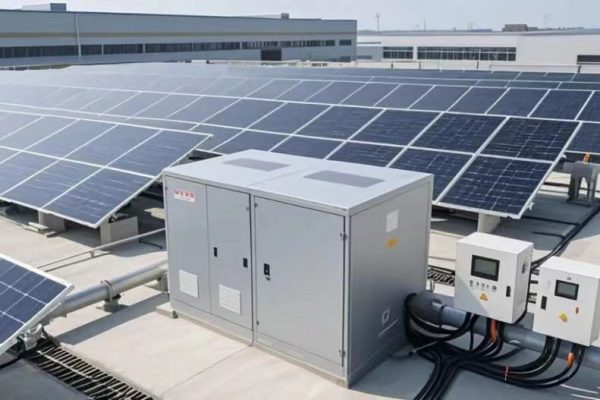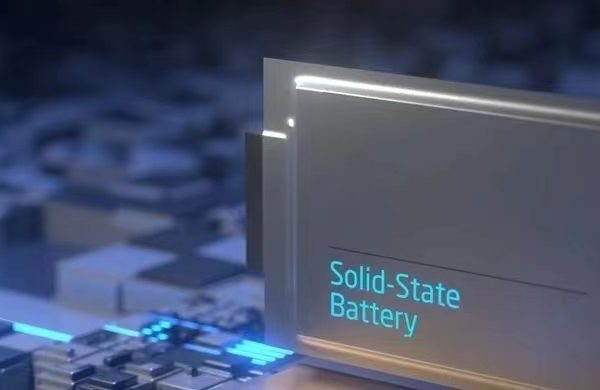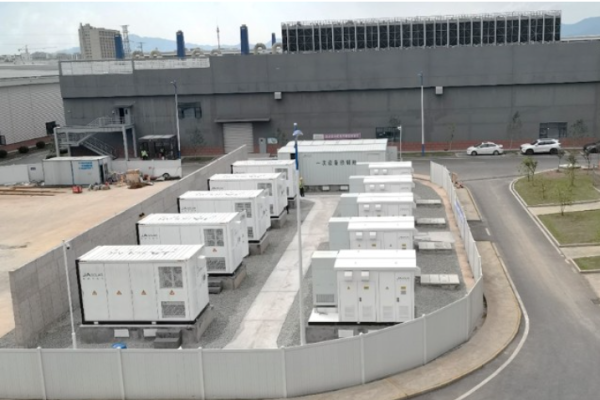Bridging the Technical Gap with Clear, Impactful Messaging
Introduction: Clarity Wins Trust
In the world of energy storage, EMS (Energy Management System) and BMS (Battery Management System) are often mentioned — but rarely explained clearly.
For technical partners, the challenge is simple:
How do you explain what these systems do without overwhelming your client?
Whether you’re talking to a small business owner, a rural customer, or even a commercial installer with limited electrical background, the goal is not to impress them with complexity, but to show how EMS/BMS protects their investment and enables smarter energy use.
Here’s how to do it.
1. Start With the Right Analogy
Instead of jumping into voltage windows and SOC algorithms, use simple comparisons:
Battery Management System (BMS):
“It’s like a bodyguard for your battery.”
It protects the battery from:
- Overcharging
- Over-discharging
- Overheating
- Imbalanced cells
The BMS watches the battery’s “health” 24/7 and shuts things down if something goes wrong.
Energy Management System (EMS):
“It’s the brains of the whole power system.”
It decides:
- When to charge the battery
- When to discharge
- When to use grid power
- When to send power to loads or EVs
Think of the EMS as the energy traffic controller.
2. Avoid Jargon — Focus on What They Care About
Non-technical customers don’t care about protocols or current sensors — they care about outcomes.
Here’s how to translate features into benefits:
| Feature | What You Say Instead |
|---|---|
| “SOC management” | “It ensures your battery stays within safe levels so it lasts longer.” |
| “CAN/RS485 communication” | “It lets the battery and inverter talk to each other — like speaking the same language.” |
| “Balancing logic” | “It keeps all battery cells charged equally to avoid weak spots.” |
| “TOU scheduling” | “It charges the battery when power is cheap and discharges it when rates are high.” |
| “Load prioritization” | “It decides what to power first during outages — lights or air conditioning?” |
3. What Happens Without EMS or BMS?
Sometimes the best way to explain a system is to describe what happens without it:
- Without BMS:
The battery may overcharge, overheat, or fail early — even a brand-new battery can be ruined in weeks. - Without EMS:
The system might charge at the wrong time, waste solar energy, or overload circuits — reducing ROI and efficiency.
This makes EMS/BMS not optional — they’re essential for safety, performance, and return on investment.
4. Should You Use Combined or Separate EMS/BMS?
Many modern hybrid inverters include basic EMS functions. For small systems, that may be enough.
But as projects grow, separation becomes more useful:
| Application Type | Recommended Setup |
|---|---|
| Residential (5–10kWh) | Inverter-integrated EMS + internal BMS |
| Small business (20–50kWh) | Hybrid inverter + external BMS + smart EMS |
| Industrial (>100kWh) | Fully separate EMS platform + advanced BMS |
Why this matters:
- Separate EMS can handle TOU optimization, load shaping, PV tracking, and fleet-level control.
- External BMS allows more granular control over batteries, especially in modular cabinet or rack systems.
For technical partners, offering scalable EMS/BMS architecture becomes a key part of your value proposition.
5. Common Questions and Simple Answers
Here’s how to handle the typical client questions:
“Why can’t I just use a battery without a BMS?”
Answer: That’s like driving a car with no dashboard or brakes. You won’t know something’s wrong until it’s too late.
“Do I really need an EMS? Can’t the inverter handle everything?”
Answer: For small systems, yes. But if you care about using cheaper electricity, or powering critical loads in outages, an EMS makes sure you use your energy in the smartest way.
“What if the BMS or EMS fails?”
Answer: Good systems have fallback protections. But more importantly, you get alerts and remote diagnostics to catch issues early.
“How do I know if they’re working?”
Answer: Through the monitoring dashboard. You can see what your system is doing, when it’s charging, what it’s powering, and how efficiently it’s operating.
6. Your Role: The Translator of Technical Confidence
As a trade partner or integrator, your real value lies in:
- Helping clients make informed choices without overwhelming them
- Translating technical specs into business outcomes
- Preventing costly mismatches or failures through good communication
For example, instead of saying:
“This BMS supports 300A continuous with active balancing and CAN 2.0B…”
You might say:
“This battery has an intelligent controller that protects it from damage, balances all the cells, and works seamlessly with the inverter — so you get full performance and long life.”
That’s the kind of clarity that wins trust — and repeat business.
7. How to Present EMS/BMS in a Proposal
Whether you’re quoting a system or educating a client, here’s how to position EMS and BMS:
- In visuals: Include a block diagram showing EMS as a brain/controller, and BMS next to the battery. Simple, clean.
- In tables: Show “with/without EMS” comparisons to highlight ROI or control features.
- In value bullet points:
- “Safer battery operation”
- “Optimized energy flow”
- “Remote monitoring and alerts”
- “Supports time-of-use and demand savings”
You don’t need to mention protocols unless the customer asks.
Final Thought: Simplicity Is the Smartest Strategy
You don’t have to oversimplify EMS/BMS — but you do have to meet the customer at their level.
By using relatable language, clear metaphors, and outcome-based framing, you’ll help them understand why these systems matter — and why your solution is the safer, smarter investment.









